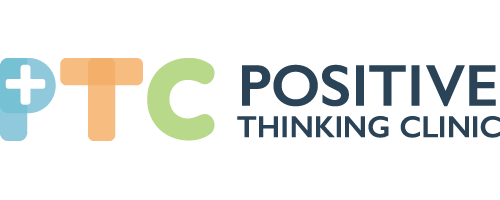09 Feb NLP – AUTISM – AND LEARNING DIFFICULTIES
NLP WITH AUTISM AND OTHER LEARNING DIFFICULTIES
Autism is not a disease. It is a neuro-developmental disorder.
NLP (Neuro Linguistic Programming) is a way of understanding how we use language to program our brain.
_____________________
NLP offers wonderful opportunities for students diagnosed with learning disabilities. NLP can offer an opportunity to understand AUTISM better.
________________________
NLP is the study of how individuals put their experience (pictures, words, feelings, actions) together, and how effective they are in achieving the results that they want.
We may be programmed by our past experiences; sometimes in ways that support us and sometimes in ways that limit us.
Autistic children have their own delightful world. Try and enter their world and you will see the delight. Their map of their world is not wrong; their maps are necessary for them to survive in their world.
Often, Autistic children do not know how to ask for assistance. They know they need something, but they cannot put it into words.
Autistic children (like the rest of people) have all the resources they need to make any desired change.
Behind every behaviour is a positive intention, and you should trust that.
You really need to be flexible if you wish to succeed with an Autistic child.
If you are trying something and it’s not working, then you should try something else.
Put your attention towards what you want with the child. (Instead of what you don’t want for the child). Energy will flow where your attention goes.
Break tasks into small enough chunks. And the task will be accomplished.
Failure will lead to success if you apply the knowledge gained as “feedback”. And learn from this feedback.
Every behaviour is useful in some context. Enter their world, be flexible and learn.
They will behave in a way to deliver a message. If you stop this behaviour, they will use a new behaviour so that they can still deliver the message. So keep observing.
Offer the child choice, and be satisfied with what you offer. So choose wisely.
The child will always make the best choice available to them at the time. You can teach them more acceptable choices. This can be extremely helpful for their future decisions.
Our brain doesn’t recognise the difference between reality and imagination. So use imagination to make changes and improvements.
I have learned to use these pre-suppositions and general tips. Best of all I am flexible, creative, and I allow the child to invite me into his or her world. Such an amazing place for such amazing experiences to take place.
Amanda Dounis

